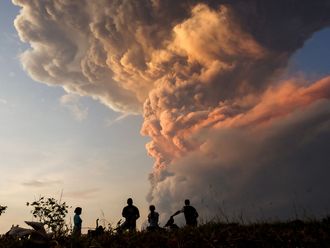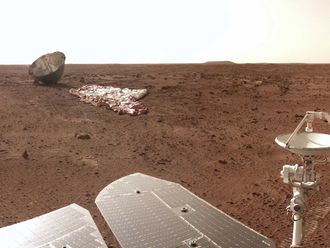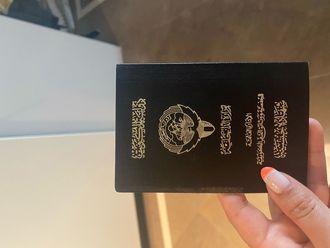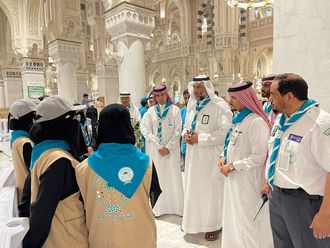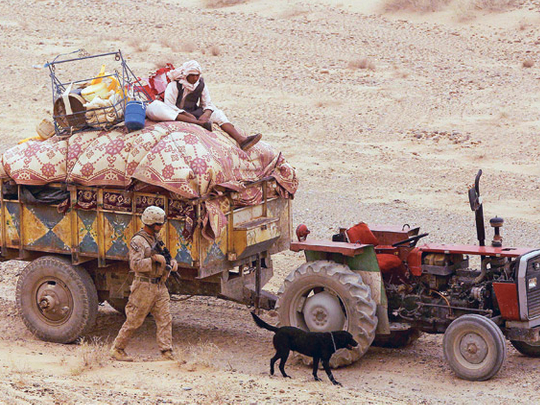
Kabul: The Afghan government on Monday disputed Nato findings that a top insurgent was killed in an airstrike this month, maintaining that the victims were civilians working for a candidate in next weekend's parliament elections.
Nato said in a statement on Sunday that the September 2 attack killed Mohammad Ameen, a member of the Al Qaida-linked Islamist Movement of Uzbekistan and the insurgents' deputy "shadow governor" of northern Takhar province.
Nato said it could not rule out the possibility that civilians were killed or wounded.
The Islamist Movement of Uzbekistan is allied with the Taliban and its fighters are believed involved in attacks on Nato forces in Afghanistan. Afghan authorities said 10 civilians were killed and seven were wounded in the airstrike, including the candidate Abdul Wahid Khorasani.
"We are very confident that the targeted individual was in the vehicle struck by the air weapons team and was killed. The question remains why an election official or candidate was travelling with a known terrorist," said Italian Brigadier General Luigi Scollo, head of the Nato investigating team.
Civilian deaths in Nato military operations are a major source of contention between the alliance and President Hamid Karzai's government, even though the UN says the insurgents are responsible for most civilian deaths and injuries.
In response to the Nato statement, deputy presidential spokesman Siamak Herawi said the Afghan government had not completed its own investigation and was uncertain whether "the person that they have named ‘Mohammad Ameen"' was even in the convoy at the time of the attack. He said one of the dead had a similar name.
"If such a person was in the convoy he was not armed, he was not carrying any weapon at the time, so no one has the authority to kill a large number of innocent civilians because of only one suspect in a convoy," Herawi said. "Coalition forces should have used other options for capturing the suspect person instead of killing civilians."
In its statement, Nato questioned whether the vehicles were even part of a candidate's campaign.
"After reviewing the air weapons system video, the team saw no evidence of political campaign material on the outside of the vehicle. The information that led to this strike was extremely accurate," the alliance statement said.
Khorasani, the candidate, says the windows of the vehicles in the convoy had been plastered with his campaign posters. He angrily dismissed the Nato findings, and said that no one had questioned him in connection with the investigation.
"First of all, I should say that there was no one by the name of Mohammad Ameen, whom they claimed was killed during their attack," Khorasani said. "The only person that I can think of whose name was close was Amanullah who was killed. He was my campaign manager."
Khorasani said like many people, Amanullah may have been linked to the Taliban during the years they ruled in Takhar before the US-led invasion of 2001 but "that is no reason to say he has links with the Taliban."
Khorasani said he believed Nato had been given false information by political rivals. Taliban insurgents have waged a bloody campaign of murder and intimidation against candidates and election workers in hopes of sabotaging the polls for 249 seats in the lower house of parliament.




